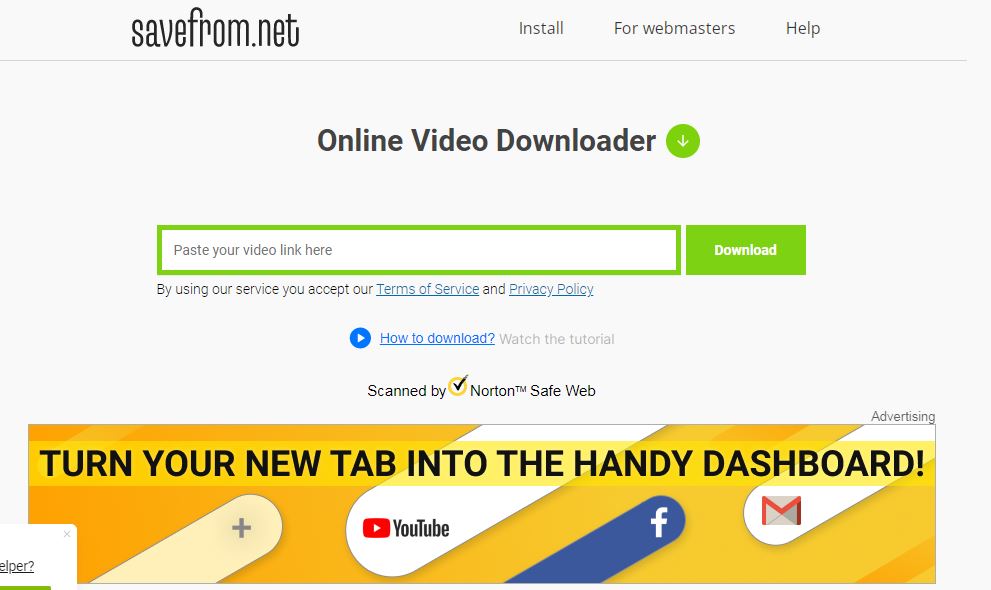Using eLearning authoring tools is a very good way to design your courses for educational and even professional purposes. Be it for academics or training and development of staff in an organization, designing your course for eLearning can make learning more customized to match the exact needs of your organization. By investing in the features and templates that an authoring tool offers (check Adobe Captivate Price), course developers, even with no prior experience, can design effective courses easily.
However, there is a chance that you might feel directionless while creating your course and end up mimicking very generic courses that have no element of customization. So do you have to compromise on the quality of your course to cut the costs? Well, not really. Here are some tips that can help you create courses that make a difference.
Start with Planning
Be it for academic purposes or training, while starting the process of creating your eLearning courses, make sure you start with thorough planning. If you do not have a solid plan, the chances are that you will feel directionless and might even face a lot of unnecessary expenditure.
Thus, make sure that you have planned everything; including things like course modules, course content summaries, methods that you will be using to teach, and options for testing.
The best way to plan your course is to make an eLearning storyboard. The storyboard can give you a feel of the potential training activities and this can give you a sense of direction while designing your course. The storyboard will also prevent you from having to buy add-on software or spending on unnecessary features, saving you a lot of money.
Budget well
While designing a course, you do not want to spend too much money unnecessarily. Most organizations deploy a whole team of instructional designers and programmers, developers, content creators, testers, etc to get a completely customized product at the end. However, not every organization has that kind of budget or time and if your organization is one of those, it is important to budget well and cut costs in some ways.
You can use stock footage, stock photos, and even pre-set codes for courses for the more common and standard elements of the courses. You can even use the in-built customizable badges, images, charts, etc that come with the authoring tools.
Use course templates
Templates are a good way of saving both time and money while designing eLearning courses. So, don’t hesitate to browse through your templates to check if anything matches your needs. You might not find exactly what you want but if a template covers the key features that you require, you can use it with some customization to fit your needs better.
The development time and resources that you save by using these templates can be used in other projects or even to focus on other aspects of the eLearning course.
Tweak your course to customize
While using templates to save time and money, you might end up designing your course in a specific format that already exists and lose the element of ‘tailor-made solution.’ But, you can easily avoid this by tweaking your course to match the exact needs and theme of your organization.
Customize the eLearning templates that you are using; be it even the smallest customizations like logo and the color scheme.
Most authoring tools come with an inbuilt library of tools that can be used to customize your templates. Thus, it is advisable to browse through these tool libraries to avoid making generic courses using fixed templates.
After you have invested in your authoring tools, it is important to keep them updated. To know about the new updates and upgrades, it is advisable to subscribe to newsletters, emails, and push notifications. By updating your tools, you can ensure there are no bugs and you have all the new features that you might need; that too for free.
Keeping your authoring tools updated can save you the money that you might have spent on buying new tools. Updating your tools will also help you tweak your course templates and content easily by offering you the latest features.
Conclusion
Authoring tools can be used effectively to design your eLearning courses and deliver them faster. Make sure to plan your designing strategy well and make an outline of what exactly you want in the course. Use features that the authoring tool libraries provide and don’t hesitate to use templates if it matches your key requirements. You can even make your course more tailor-made by tweaking the template and customizing the course.


![[pii_email_ef97edf56a5ff2c39b82]](https://redditworldnews.com/wp-content/uploads/2021/01/pii_email_ef97edf56a5ff2c39b82.png)
